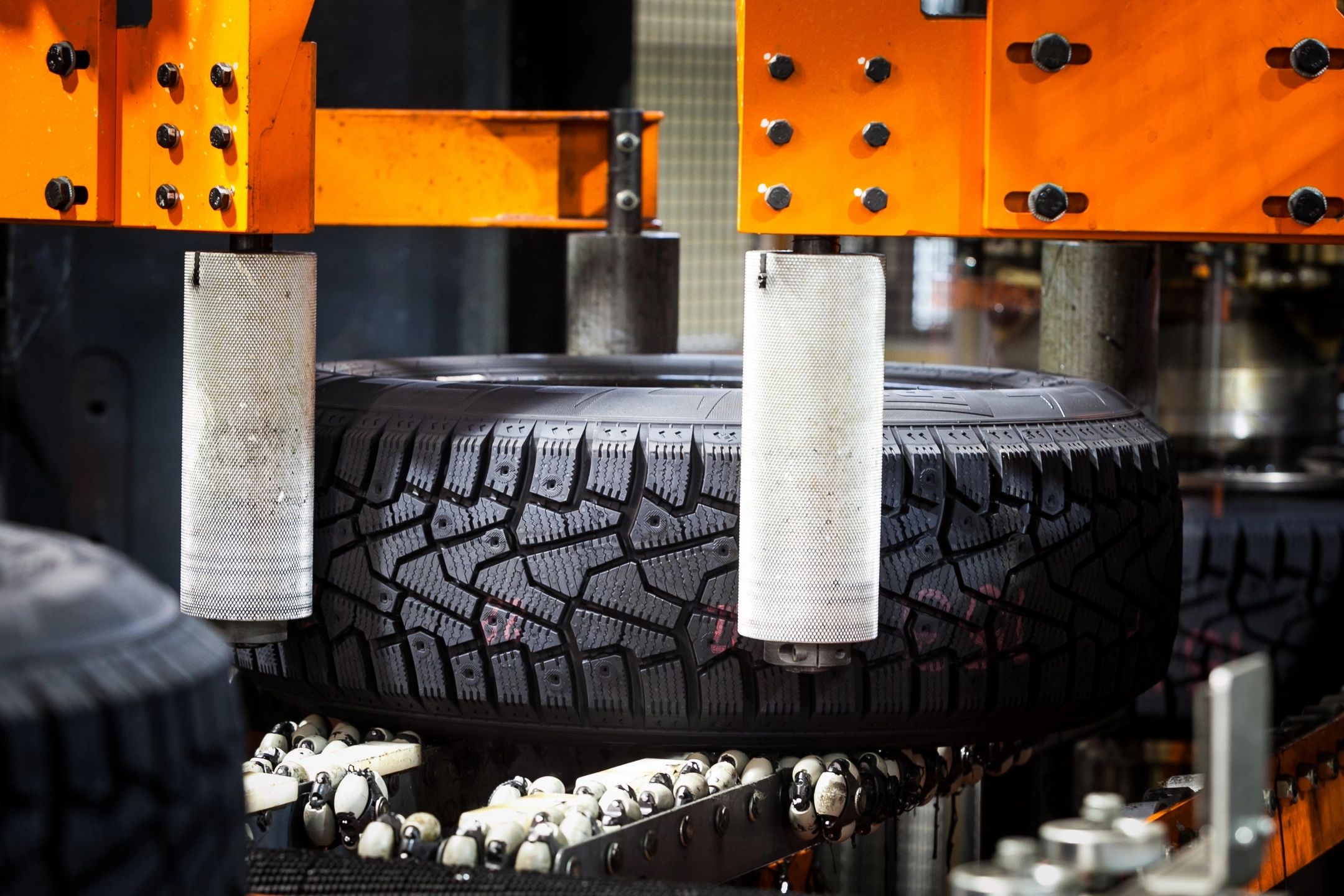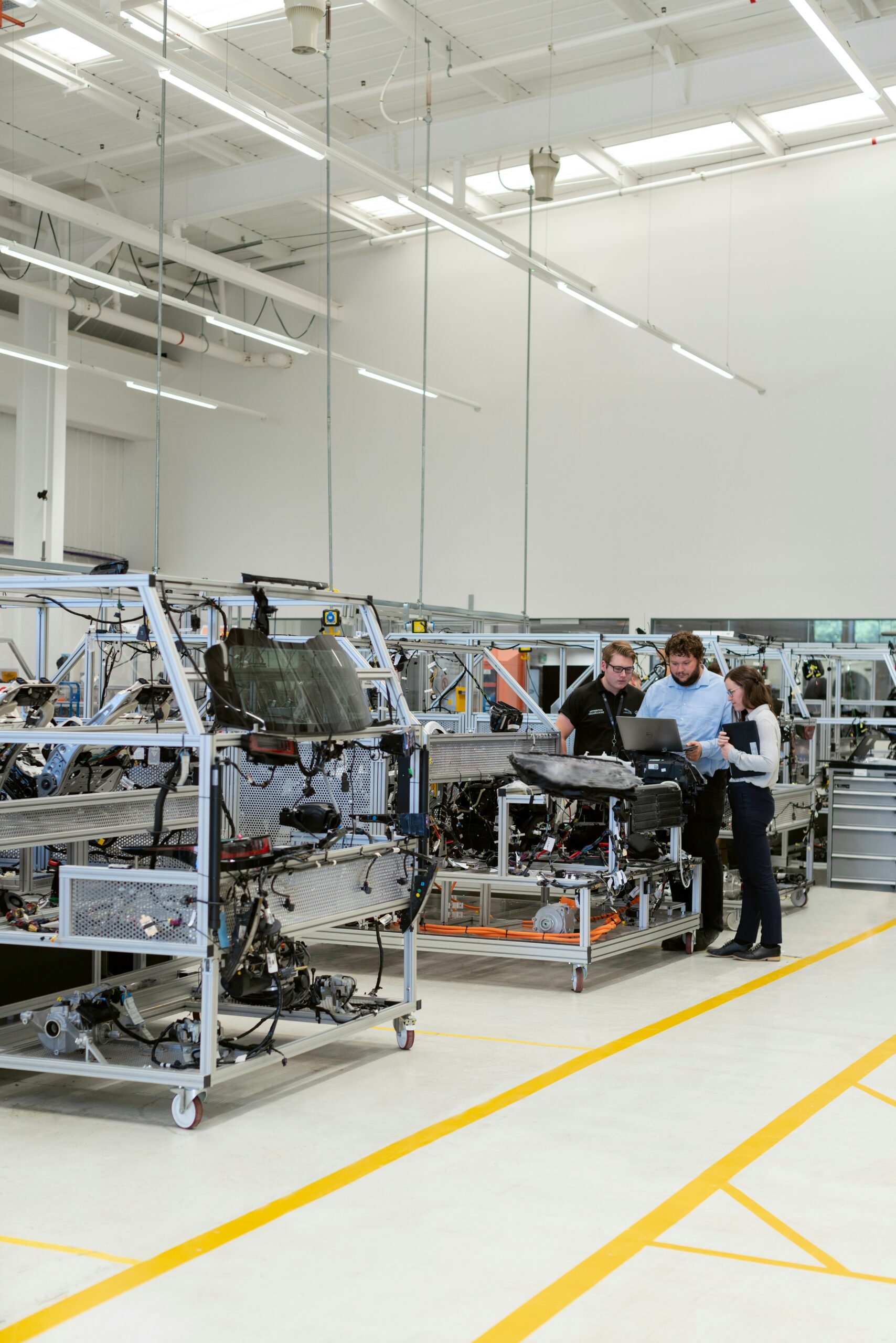Lean manufacturing has become a buzzword across the industrial space, but what exactly does this popular phrase mean?
Lean manufacturing is a waste-reducing manufacturing technique that considers any invaluable practice, procedure, product, or service a form of waste. It uses the idea that if something doesn’t add value for the customer, then it should be considered wasteful. Lean manufacturing is a meticulous process of removing those waste points, as well as anything that could hinder a business from reaching its full potential.
In action, lean manufacturing involves practices, tools, and principles used by manufacturers to enhance customer value and eliminate waste. By implementing lean manufacturing strategies, manufacturers can improve cost-effectiveness, product quality, customer relations, profitability, and facility safety.

Background
Toyota was the pioneer in this lean methodology. Their objective was to enhance their competitive advantage in the automotive manufacturing sector. However, they did not have the same resources as more prominent players like Ford. Consequently, they aimed to gain an edge through distinct manufacturing techniques. The lean manufacturing approach proved successful, adding value while eliminating anything that did not. This method has become one of the most successful manufacturing systems and has been adopted by manufacturing facilities worldwide. Lean manufacturing has also spread to practices and businesses beyond the manufacturing sector and is now deemed a crucial aspect of agriculture, technology, cosmetics, and more.

Improving Operations with Lean Manufacturing
The lean methodology is a proven and effective approach to improving facility operations. Its popularity stems from the substantial benefits it offers. Here are some examples:
- Reduced Waste: The lean approach's goal is to minimize waste by cutting down on activities such as transportation, movement, waiting, space consumption, and process variability.
- Higher Efficiency: Using lean manufacturing techniques can boost productivity by eliminating unnecessary tasks and improving workflow. This results in faster product development times, as businesses optimize their production processes. Streamlining operations reduces inefficiencies, allowing organizations to bring their products to market more quickly.
- Better Quality: By implementing standardized procedures and streamlining production workflows, the assembly process will naturally achieve higher levels of quality. When resources are optimized, it allows for sufficient time and effort to monitor and correct any mistakes that may occur. This helps to prevent the need to scrap products or rework components, ultimately resulting in more efficient and cost-effective production processes.
- Warehouse Safety: Aligned with the principles of lean manufacturing, any factor that jeopardizes an employee's health, safety, or overall well-being is regarded as wasteful. As such, preventing mishaps and safeguarding employee welfare is a crucial part of lean methodologies. This encompasses safety protocols, ongoing risk mitigation, and the exploration of avenues to further enhance well-being.
Making Your Facility Lean
When thinking about implementing lean manufacturing practices in your organization, there are five principles to keep in mind. These principles are the foundation for making sure your approach is successful, long-lasting, and meaningful.
1. Value: Value is based on what customers are willing to pay. Manufacturers and service providers should minimize waste and costs to offer customers the optimal price while maximizing profits.
2. Map the Value Stream: This principle employs resource analysis to pinpoint areas of waste and implement enhancements. Carefully examine the value stream at each stage of production to remove any non-value-adding components. Implement chain alignment strategies to successfully accomplish this objective. It is essential to recognize that contemporary manufacturing streams are multifaceted and necessitate the collaborative efforts of diverse specialists. Manufacturing is just one component of a larger stream of activity.
3. Create Flow: The key to creating a seamless flow is to eliminate any functional obstacles that may cause delays or waste. By doing so, you can ensure that the production or service delivery process runs smoothly without interruption. Any disruption can lead to additional costs. Thus, creating flow is critical for maintaining a constant and efficient workflow.
4. Establish a Pull System: A pull system operates by initiating work only when demand is present. In contrast, push systems are utilized in manufacturing resource planning (MRP) systems. Push systems forecast inventories in advance with production scheduled to meet these sales or production predictions. However, due to the inaccuracy of many forecasts, this can result in either overproduction or underproduction of a product, failing to meet demand. This can lead to additional warehousing costs, disrupted schedules, or poor customer satisfaction. A pull system only responds to demand and relies on flexibility, communication, and efficient processes to achieve success. The pull system may involve teams progressing to new tasks only after completing previous steps, allowing them to address challenges as they occur with the knowledge that prior work is still largely relevant to delivering the product or service.
5. Perfection: A crucial aspect of lean manufacturing is the pursuit of perfection through constant process improvements. This involves regularly assessing and enhancing processes and procedures to eliminate waste and achieve an optimal system for the value stream. For continuous improvement to be truly effective, it must be integrated into the company's culture, with metrics such as production cycles, lead times, throughput, and cumulative flow being closely measured. It is essential for all levels of the organization, from team members to executives, to embrace this culture of continuous improvement and work collaboratively towards creating value and driving growth.

Tools for Lean Manufacturing Implementation:
In addition to referencing these five core principles, utilizing tools for lean manufacturing system implementation is also helpful. A few popular tools include:
-
5S: A system emphasizing cleanliness and organization in the workplace by following five essential standards:
-
-
Sort: keep the workplace clutter-free and organized.
-
Set: prepare and maintain a simple setup to create ease and efficiency.
-
Shine: maintaining a clean and tidy workspace is crucial for staying organized and productive.
-
Standardize: roles and responsibilities should be clearly outlined, making accountability and expectations simple.
-
Sustain: think about success in terms of decades, not quarters.
-
-
Kaizen: Kaizen is the Japanese word for "continuous improvement. This strategy involves identifying problem areas to focus on, observing current methods, analyzing possible improvements, testing and evaluating improvement tactics, implementing the tactics, and analyzing results.
-
Gemba: In Japanese, Gemba refers to "the real place" which usually refers to the manufacturing factory floor or any other place where value is created. Lean manufacturing philosophy involves a management technique called "Gemba walk," which requires regular site visits by management to get a true sense of the process and identify any problems that need to be addressed.
-
Bottleneck Analysis: The goal is to identify any weak links or figurative roadblocks that may be impeding the overall efficiency of the process. In lean manufacturing, bottleneck analyses are commonly used to pinpoint the slowest procedures and stages in the production flow. Even improving a few minor functions can often have a notable impact on the speed of the entire manufacturing process.

Make Lean Strategy Implementation Fast and Simple
While lean manufacturing methodology will impact your entire business for the better, it can be a complex and extensive process. Expedite the transition to lean manufacturing with the help of the team at Edison. Using our expertise in manufacturing strategy, as well as our focus on capital efficiency, we can use our services to offer an outside perspective to your production strategies. Interested in learning more? Get in touch with a member of our team today!
Lean Manufacturing Summary
The faster products can flow through an organization from start to finish, the faster that company can respond to market demands and satisfy the consumer. And the more efficient that process is, the more quality the company can afford for each dollar. Lean manufacturing powerfully enables producers to navigate the changing market with precision and agility.



